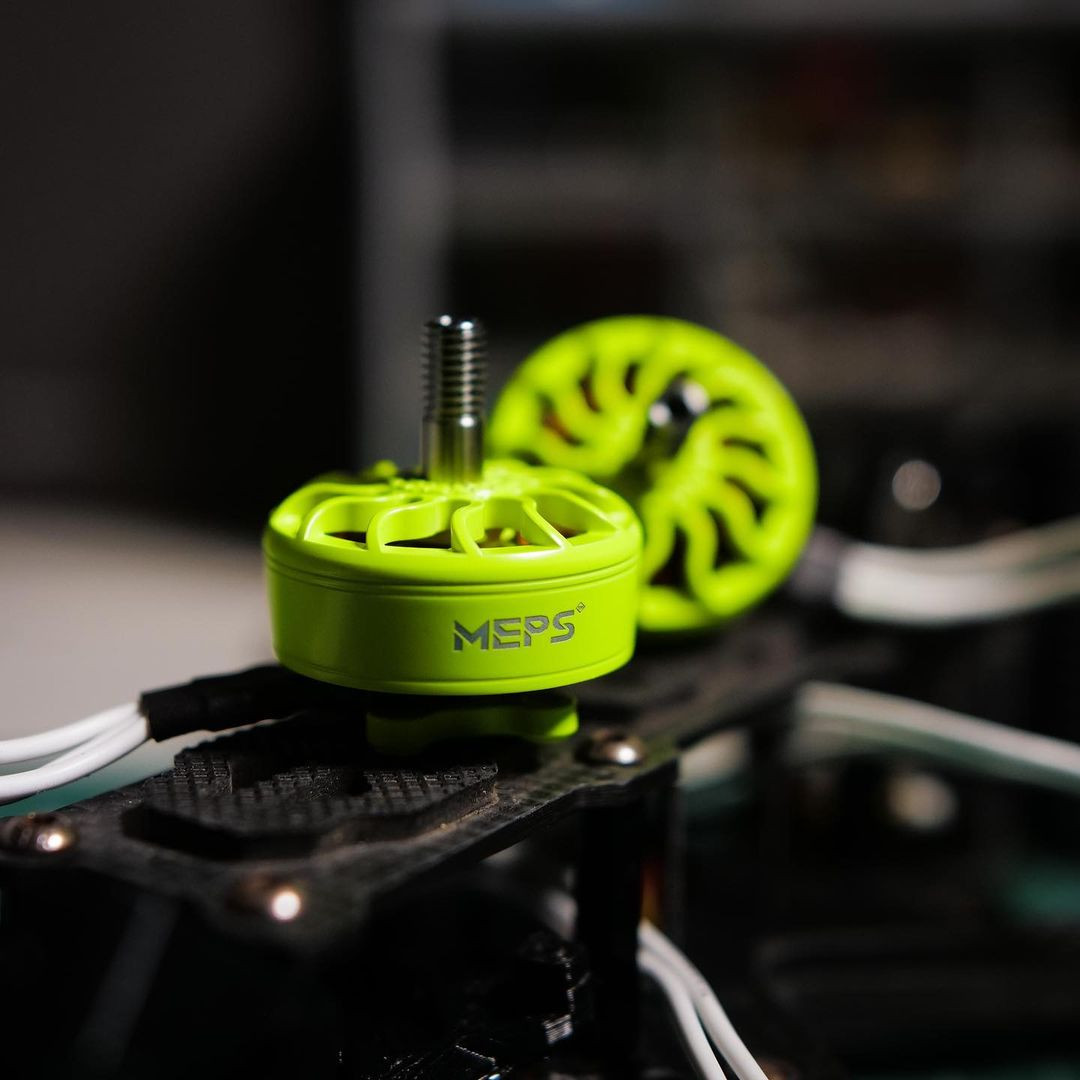How to Compute Thrust for Drone Motors

Understanding Drone Motor Thrust
Quadcopter motor thrust signifies the maximum upward force produced during drone movement. This force is crucial for lift, maneuverability, and executing aerial maneuvers.
Significance of Thrust in FPV Motors
Thrust is pivotal in FPV motor choice, determining lift capacity and influencing acceleration. Higher thrust enables quicker acceleration but might impact battery life due to increased power usage. Balancing the motor's high current demand with the battery's discharge rate is crucial.
Calculating the Thrust-to-Weight Ratio for FPV Drones
The thrust-to-weight ratio is a critical metric for assessing a drone's flight dynamics. It involves comparing the weight of all drone components (All Up Weight - AUW) against the estimated thrust generated by the motor, propeller, and battery combination.
To determine the drone's total weight, add up the weights of all components and any payload. Providing estimates for unfinished components is acceptable. However, precise thrust determination often requires experimentation or referencing manufacturer-provided motor thrust tables.
Example Calculation: Utilizing MEPS Motors 2207
Suppose a 5-inch quad weighs approximately 1000g, and referring to motor specifications such as MEPS Motors 2207, the thrust table indicates an estimated 1641.2g thrust per motor for this brushless drone motor, propeller, and battery setup. Combining this thrust for a quad totals 6564.8g, resulting in a thrust-to-weight ratio of 6.7:1.
A balanced flight generally targets a ratio of at least 2:1. Freestyle pilots often prefer ratios ranging from 3:1 to 7:1, while cinematic flyers tend towards ratios around 2:1. Customizing components based on this ratio facilitates adaptation to different flying styles.
Choosing Other Powertrain Components Based on Motor Thrust
- Propeller
Tailor propellers to adjust the thrust-to-weight ratio. Longer pitches and lengths enhance speed but increase power usage. Fewer blades may improve quad efficiency.
- ESC
When selecting Electronic Speed Controllers (ESCs), consider amp ratings. Continuous and burst amp ratings ensure safe operation, especially during high throttle usage. Opt for ESCs slightly exceeding the required amperage.
- Battery
Consult motor thrust tables to determine suitable battery voltages. Higher capacities result in heavier batteries. Calculate discharge rates using a formula aligned with your motors' current draw and battery capacity.
Understanding and computing drone motor thrust assists in component selection, fostering a balanced and optimized setup tailored to your preferred flight experience.
- Industry
- Art
- Causes
- Crafts
- Dance
- Drinks
- Film
- Fitness
- Food
- Juegos
- Gardening
- Health
- Home
- Literature
- Music
- Networking
- Other
- Party
- Religion
- Shopping
- Sports
- Theater
- Wellness
- News


